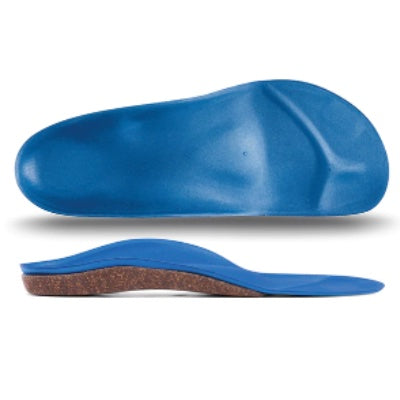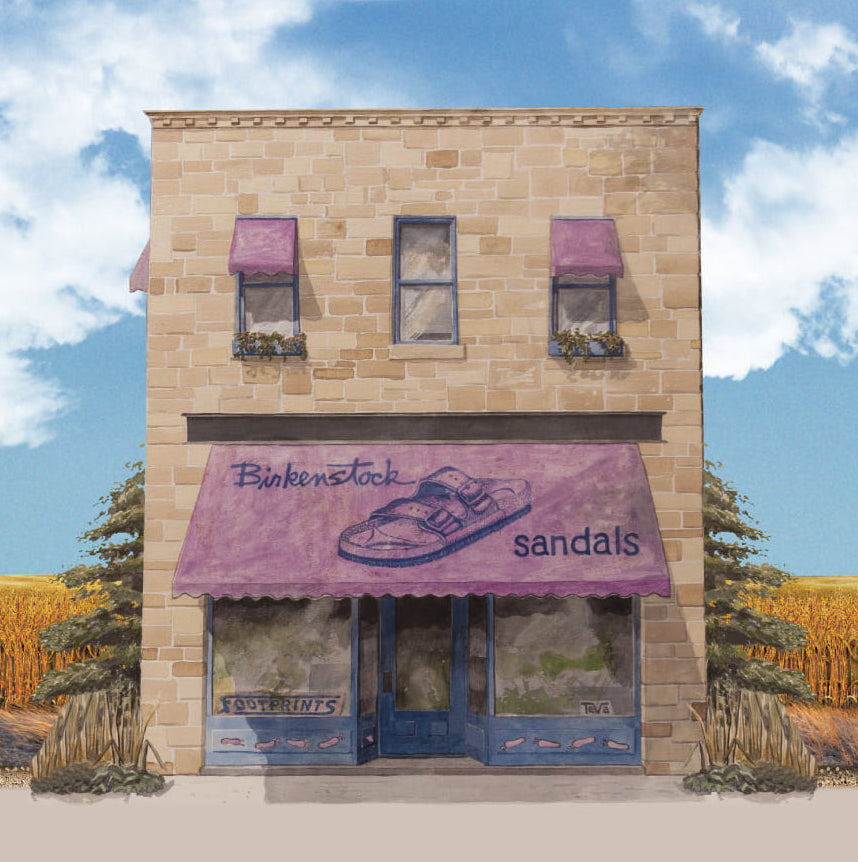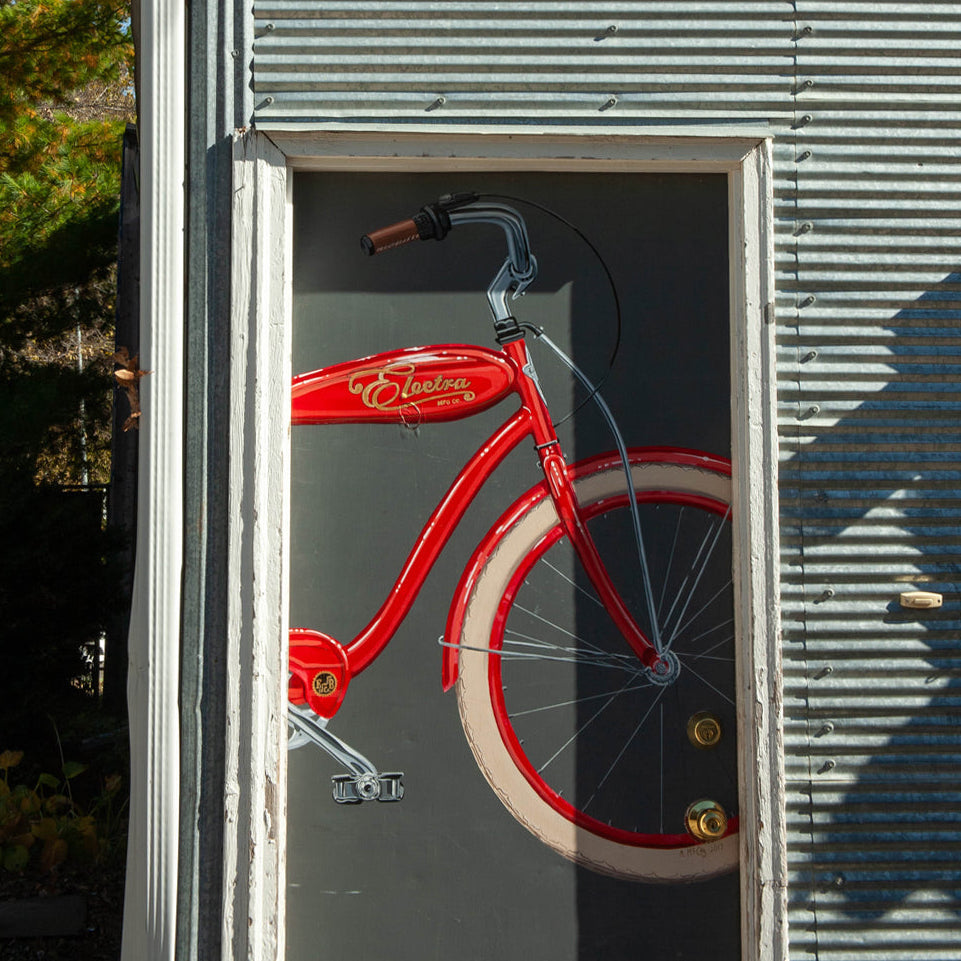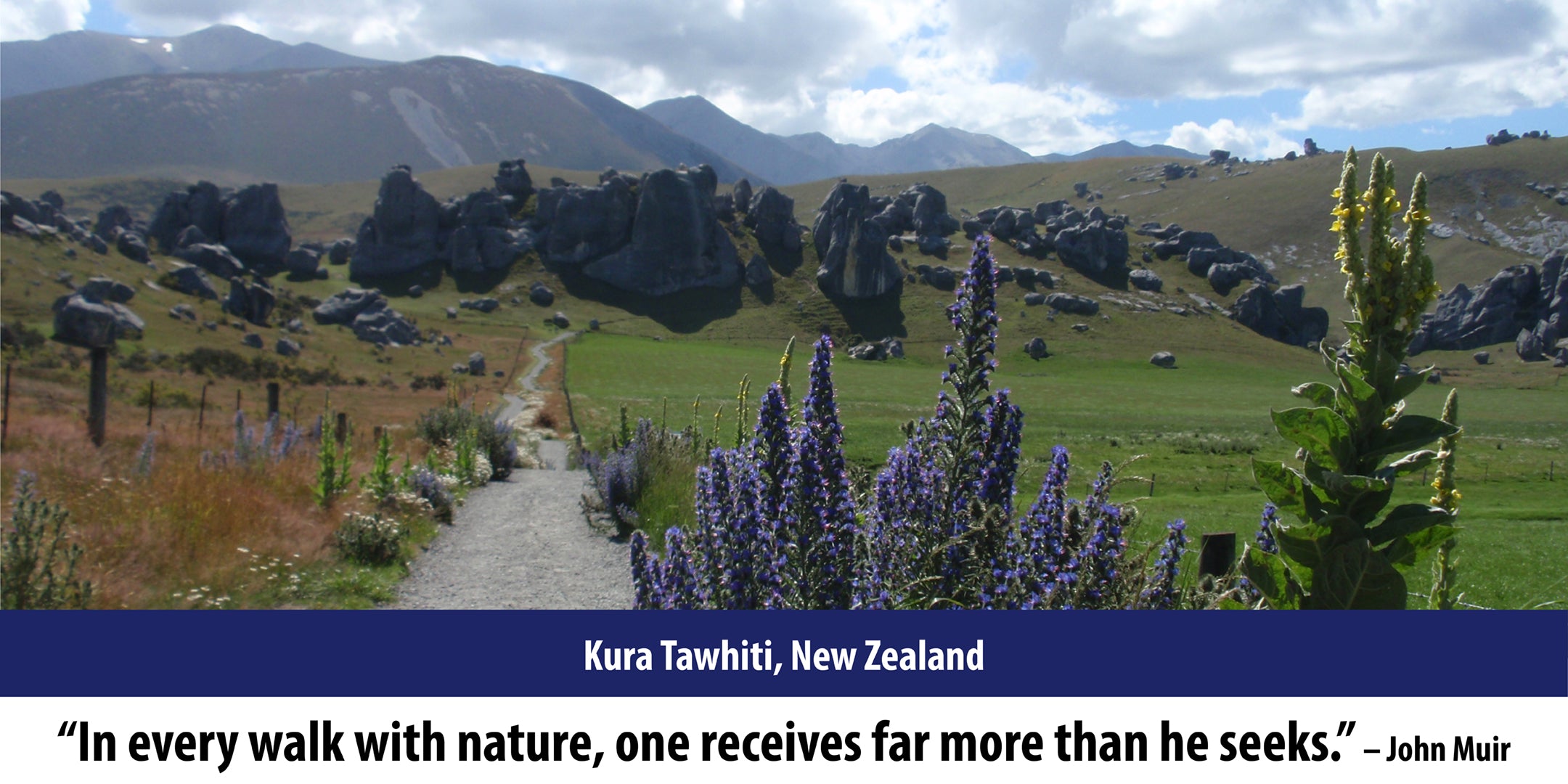For an aspirational patriotic walk, what better place than the National Mall in Washington DC. The Mall is packed with memorials which stir emotions. Most of the memorials show that historically, yes we can overcome our imperfections and challenges. The Washington Monument dominates. From the beginning the consensus was to reserve a location at the central axis of the Mall to honor our first president for his leadership in the revolution and his simple act of walking away from power when his term was complete.
Plans were afoot for the monument as early as 1783 while Washington was still very much alive. Fifty years later it took a private organization, The Washington National Monument Society, to get the ball rolling with fundraising. Three years later the design of a giant Egyptian-style stone obelisk was selected. On July 4th 1848, a zinc time capsule containing copies of the Constitution and Declaration of Independence was placed within the 24,500-pound solid marble cornerstone. In attendance were Abe Lincoln and Eliza Hamilton (Alexander's wife), and 20,000 others. It was a big deal. The project proceeded but hit snags. It stalled. Finally in 1876, Congress stepped in and appropriated a couple million dollars to get the job done. The completion was celebrated in 1884, taking a little over a century from idea to reality.
Interesting facts:
At 555 feet-5 1/8 inches tall it was the world's tallest structure until being replaced by the Eiffel Tower just 5 years later.
One can see three different colors of marble on the exterior due to changing quarries with all the construction delays.
There are over 36,000 stones in the monument weighing over 100,000 tons. The number of visible exterior marble blocks is around 10,000.
Solid cast aluminum was chosen for the capstone due to its rarity (at the time), conductivity, color and non-staining properties. The aluminum pyramid was about 9 inches tall and at the time was the largest piece of cast aluminum in the world. Tiffany in New York City displayed the completed aluminum capstone. Patrons would jump over it so they could later boast they had jumped over the Washington Monument.
The original steam-powered elevator took 10-12 minutes to get to the top. The current elevator takes 70 seconds and lifts half a million tourists to the top every year. However, you need to make your reservations well in advance.





















